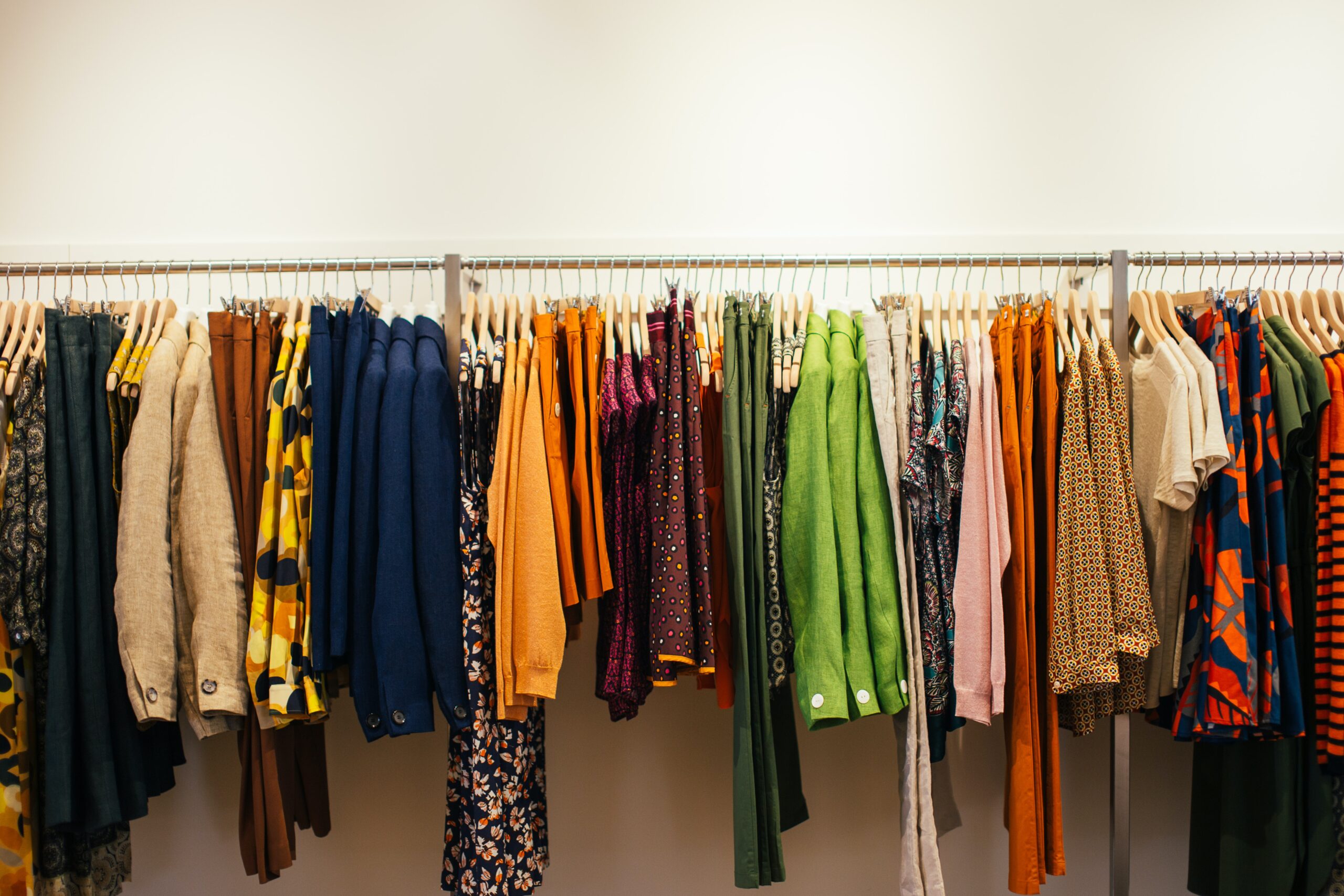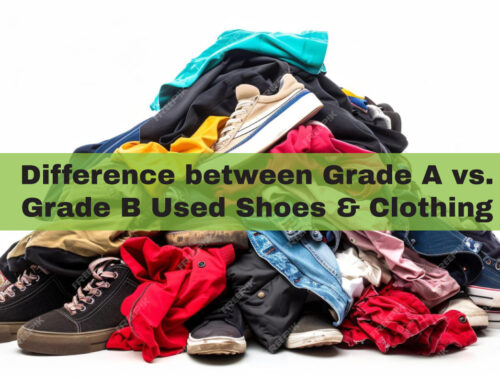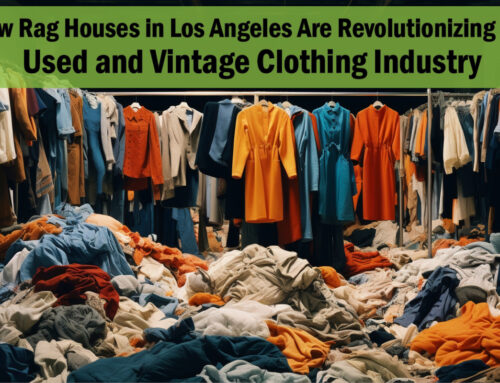The global recycled used clothing market is growing at a significant pace. More countries around the world are recycling their used clothing today. So much so, in fact, that the global textile recycling market grew to a whopping US$5.02 billion in 2021.
In this article, we explore this industry in detail and understand what makes the recycled used clothing market thrive.
What is textile or used clothing recycling?
Textile recycling, also known as used clothing recycling, is the process of recovering the yarn, fiber, buttons, sequins and other components of clothes from used clothing. These recovered materials are then reused to create brand new clothing that is sold.
Why is used clothing recycled?
The idea behind textile recycling is to make effective use of the leftover textiles that are either discarded by customers or wasted after the stitching is complete.
Did you know that globally, we produce between 80 billion to 150 billion pieces of clothing each year? After this production, around 13 million tons of textile are thrown away every year as unused waste. Customers too discard their clothing, throwing away on average 70 pounds (31.75 kilograms) annually. Of this massive wastage, a staggering 95% of textiles can be reused and sold second hand as used clothing. Or, it can be recycled to create a brand-new set of clothes or textiles.
Similarly, unused fiber creates huge problems. Fiber production, according to “The 2020 Preferred Fiber and Materials Market Report”, stood at 111 million metric tons in 2019. It is expected to rise to 146 million metric tons by 2030. Unfortunately, the reality is that just one-third of fiber is fully utilized in the garment and fashion industries, with around 85% being discarded either through burning or landfills. And no, it isn’t just developing countries that are doing this.
Apart from this is the rampant environmental crisis caused due to toxic chemical dyes in fiber, yarn, and clothing. The World Bank has identified 72 toxic dyes that are used in the textile industry. These leach into water bodies both during production and after the clothes are discarded by customers. This accounts for at least one-fifth of industrial water pollution globally, especially in developing countries. Used clothing recycling can limit the use of dyes in textile/clothing manufacturing.
Top contributors to global used clothing recycling
Europe is currently the frontrunner when it comes to textile waste generation – producing one of the largest waste footprints globally. In an effort to reduce waste and pollution, European nations have started actively recycling used clothing – with 26% of textiles being recycled in the EU.
Within the EU, Ireland is the biggest textile recycling country, according to a study by SaveOnEnergy. Following Ireland are Germany, The Netherlands, France, Spain, Poland, Italy, Denmark, Sweden and Czechia.
A large portion of the US$5.02 billion revenue within this industry, was generated by the EU in 2021.
Where do other countries stand with textile recycling?
The United States is a far cry behind, with the average American discarding about 81.5 pounds (37 kgs) each year. Of this, only 12% of textiles being recycled annually. It is hoped that the Textile Recovery in the U.S.: A Roadmap to Circularity, which was released in 2020 by Resource Recycling Systems, will help change the country’s textile recycling landscape.
On the other side of the world, technologically-forward nation of Japan too sails in the same boat as the US. Around 90% of all used clothing are still incinerated. But, thankfully this seems to be changing, with the start of JEPLAN, a company that is revolutionizing the Japanese textile industry. The company has successfully developed and deployed a technology that can decompose the cellulose in cotton into an enzyme. This is then converted into ethanol, which is being tested for its potential as a next-generation fuel that can reduce the country’s dependence on other fuel sources.
The launch of the UN Alliance on Sustainable Fashion and the Ethical Fashion Initiative, has supported various governments to work with textile manufacturers and fashion brands to reduce their environmental impact. Plus, there are many member-nation-specific projects being run by the UN, that focus on used clothing and textile recycling.
Calling for coordinated and collective efforts
The global textile recycling and used clothing industry is certainly growing. But countries need to commit further by actively purchasing their textiles, yarn, fiber etc. from used clothing suppliers. When the buying pattern changes, the production and sale patterns will change too. And this change will certainly be for the betterment of the planet.
Samiyatex is a reputed wholesale supplier of used clothing, recycled vintage textiles and second-hand shoes. They have extensive experience supporting the sustainability goals of clothing manufacturers and respected fashion houses in Central & South America and Africa., with timely supply of used clothing on a budget.






